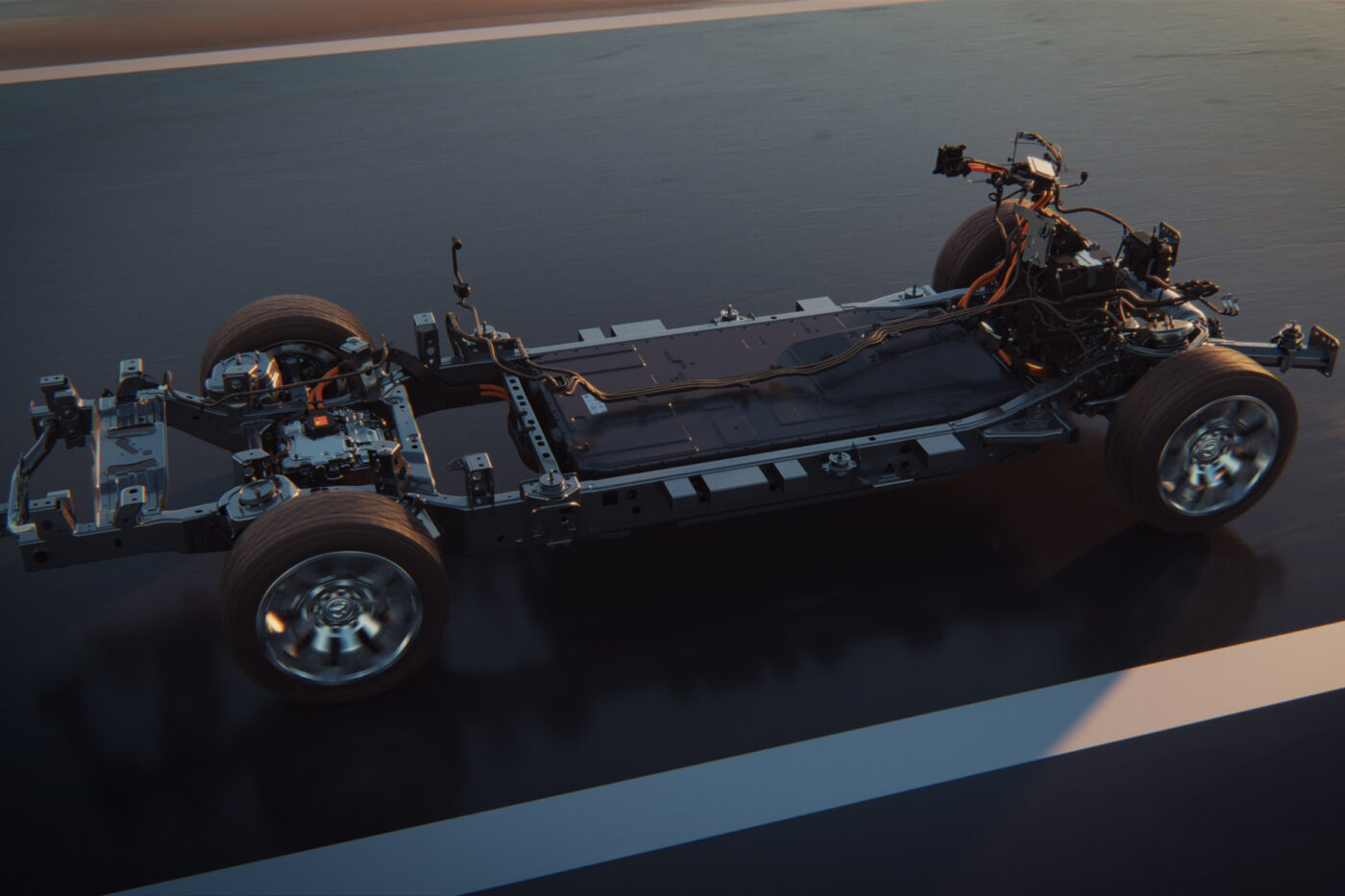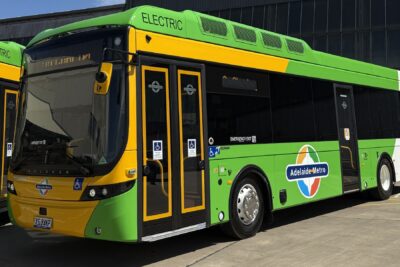Stellantis launches new electric pickup platform STLA Frame
Stellantis’ current platform strategy dates back to 2021: in order to organise the platform chaos of the merged parts of PSA and FiatChrysler, four platforms for electrified models were announced: the STLA Small for small and compact cars, the STLA Medium for the mid-size class and the STLA Large for the luxury class. Light commercial vehicles, large SUVs and full-size pickups, on the other hand, are to be based on the STLA Frame.
In 2021, the focus on plug-in hybrids and battery-electric vehicles was still emphasised, but with Stellantis it was obvious, not only in view of the STLA Medium models already launched, that it was more of a classic multi-energy platform (which has been optimised for electric drives) than a purely electric platform. Stellantis is already known for pursuing a flexible drive strategy with its current models in order to be able to meet market demand. Or to put it somewhat heretically: you don’t have to commit yourself, you can react.
The announcement on the premiere of the STLA Frame is therefore hardly surprising: “Intended to underpin Stellantis full-size pickup trucks, light commercial vehicles and SUVs, STLA Frame vehicles will initially be offered with an innovative propulsion lineup, including a full BEV system and a range-extended electric vehicle (REEV) configuration. STLA Frame can also accommodate internal combustion, hybrid and hydrogen propulsion systems in the future,” the press release states.
400 and 800 volts are possible
Even within the BEV design, there are options to offer different models. The STLA Frame has 400-volt and 800-volt architectures and should enable DC fast charging with up to 350 kW, as Stellantis announces. An 800-volt system could therefore be installed for pickups and SUV models aimed at private customers – with correspondingly large batteries in these models, charging times would otherwise be too long. A delivery van, on the other hand, which should be as inexpensive as possible to purchase and is usually charged slowly overnight in the depot, can get by with 400 volts. Depending on how flexible the platform actually is, a cheaper basic model with 400 volts and a top model with 800 volts would also be possible for a series.
The batteries installed in the frame are liquid-cooled and between 159 and 200 kWh in size. According to Stellantis, BEV ranges of up to 800 kilometres should be possible, which roughly corresponds to a consumption of 25 kWh/100 km – in practice probably more. With an additional range extender, it should be up to 1,100 kilometres. However, the size of the vehicle must also be taken into account, as the STLA frame models are expected to have a payload of up to 1.2 tonnes and a towing capacity of 6.3 tonnes.
The 800-volt version can be charged with up to 350 kW, which means that energy for 160 kilometres should flow into the battery in ten minutes. With half the battery voltage, the charging capacity of the 400-volt version is also halved, with 175 kW or 80 kilometres in ten minutes. On the AC side, all vehicles on the platform are to be equipped with a bidirectional charging function, but Stellantis has not yet provided any details. Two V2L connections have been announced for the Ram 1500 REV, which is to be based on the platform, one on the loading area with up to 7.2 kW and one in the front boot with up to 3.6 kW.
The centre section of the frame, in which the battery pack sits, has reinforced frame rails to better protect the battery in the event of a side impact. A continuous belly pan is installed under the battery pack, which not only protects the battery from below (pickups are designed for tough working conditions), but is also intended to improve aerodynamics. “A full-length belly pan reduces aerodynamic drag to help maximize driving range, underscoring Stellantis’ commitment to efficiency without sacrificing performance,” says the company.
And the STLA frame models can have more than enough power. The platform uses drive units developed in-house with up to 250 kW – optionally at the front and rear. With up to 500 kW all-wheel drive, the vehicles should be able to accelerate to 60 mph (96 kph) in 4.4 seconds. In addition, various chassis options, including air suspension, are intended to offer ‘an optimised ride for different driving conditions and load scenarios’.
STLA Frame for Jeep and Ram
A brief look at the vehicles: the STLA Frame will initially be used in the Ram and Jeep brands, for example in the Ram 1500, which was announced to have a range of 800 kilometres and a charging capacity of 350 kW. The platform supports lengths of 5.49 to 5.94 metres, a width of between 2.06 and 2.12 metres, a wheelbase of 3.14 to 3.69 metres and a ground clearance of 16.8 to 26.2 centimetres.
“Like STLA Medium and STLA Large, STLA Frame combines an unprecedented range with new levels of capability and performance to offer best-in-class range, payload and towing for our customers who need reliable and powerful trucks and SUVs, to haul their families or power their businesses,” says Stellantis CEO Carlos Tavares. “With full EV and extended-range EV tech coming soon, we’re bringing ‘no compromise’ solutions to buyers who may be hesitant on trying their first electric vehicle.”





0 Comments